In the world of digital marketing, the line between cold emailing and spam can often seem blurred. But fear not, for we are here to bring clarity and empower you to make the most of your email campaigns while staying compliant and ethical. Are you ready to dive deep into the key differences between cold email and spam? This blog post will unveil the secrets behind effective outreach and help you avoid those dreaded spam filters.
Cold emailing and spam may appear similar at first glance, but they are fundamentally different in their approach and intent. Understanding these differences can make or break your email marketing success. So, buckle up and get ready to explore the fascinating world of cold email vs spam, and learn how to harness the power of cold emailing for your business.
By the end of this blog post, you’ll have a solid understanding of the essential distinctions between cold email and spam, as well as actionable best practices to ensure your emails reach their intended recipients. So, let’s get started!
Key Takeaways
- Cold emailing is the art of establishing relationships with prospects, while spam refers to unsolicited emails in violation of legal regulations.
- Personalization and value proposition are essential for successful cold email campaigns, as well as adhering to best practices such as crafting compelling subject lines and utilizing authentication techniques.
- Common mistakes when cold emailing include using templates, deceptive subject lines, sending emails to everyone without targeting them properly and not proofreading your messages.
Understanding Cold Email and Spam

Cold emailing and spam are often mistaken for one another, although they serve entirely different purposes. In a nutshell, cold emailing is the art of establishing a relationship with potential prospects who haven’t been contacted previously, while spam is the indiscriminate dissemination of unsolicited emails, usually commercial in nature. Recognizing the difference between these two is significant for successful outreach.
To gain a deeper understanding of this distinction, we need to explore the definitions and context of both cold email and spam. We’ll begin by elaborating on what exactly cold email and spam entail, discussing their individual intentions and the subsequent impacts they have on email marketing.
Defining Cold Email

Cold email is an unsolicited message sent to potential prospects without prior contact, aiming to provide value and build relationships. It is typically sent by sales reps to qualified cold leads that meet their ideal customer profile.
The purpose of a cold email in business communication is to:
- Establish initial contact with a potential client or business partner who is not familiar with the sender
- Introduce oneself
- Demonstrate credibility
- Create interest in a product, service, or collaboration opportunity
Cold email is an effective method for reaching out to new prospects and starting conversations, just like cold calls.
In contrast to regular email marketing, which is sent to a list of subscribers as part of an overall marketing strategy, cold emails are sent to individuals who have not expressly requested to be contacted and may not have any existing relationship with the sender. These emails are often used to create awareness and interest among prospects or prospective customers.
Defining Spam
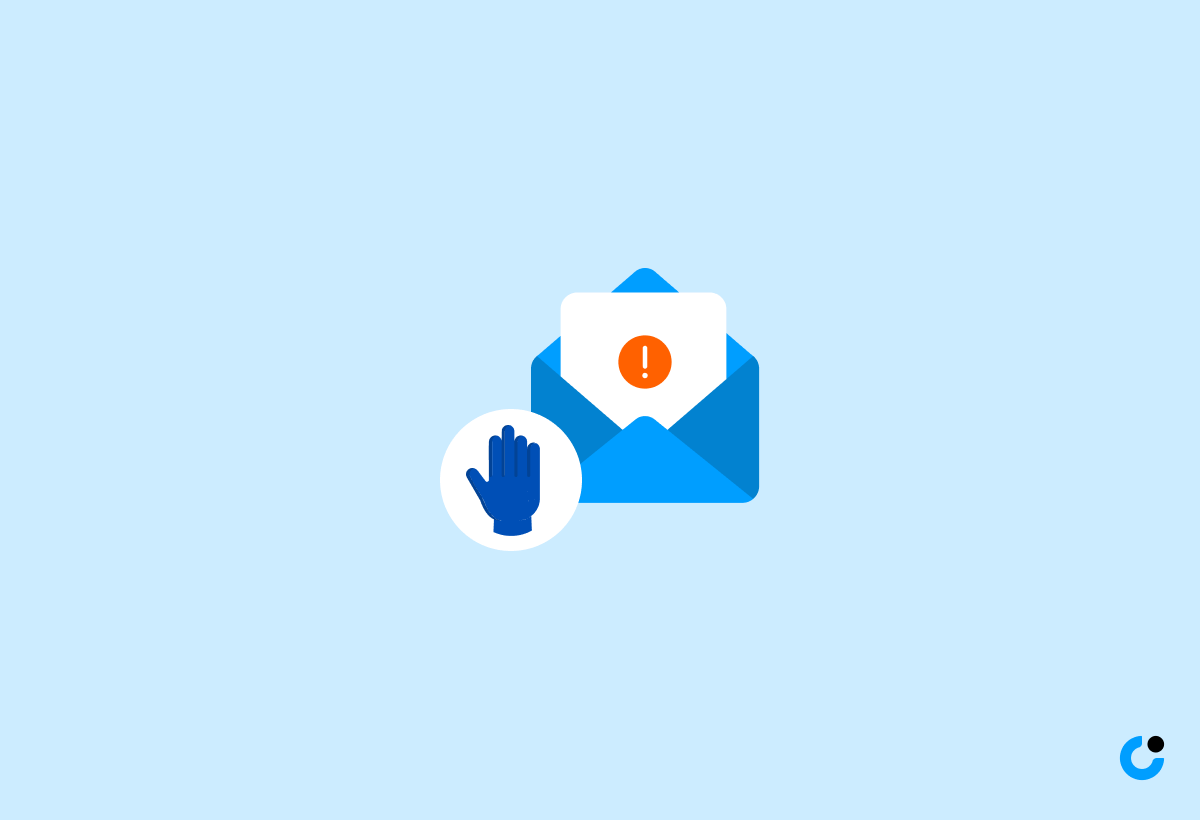
Spam refers to unsolicited bulk emails sent to recipients who have not requested to receive them and are not interested in the product or service being offered. Spam email, often sent out in bulk to a large number of potential recipients, aims to elicit a response. Unlike cold emails, which follow legal regulations like the CAN-SPAM Act and GDPR, spam emails often violate these laws and are considered illegal.
Sending spam emails can have serious consequences, as they are often caught by spam filters, leading to a negative impact on the sender’s reputation and deliverability. Grasping the key differences between cold email and spam is significant in ensuring compliance with legal regulations while maintaining a positive sender reputation.
Cold Email vs Spam: 5 Key Differences
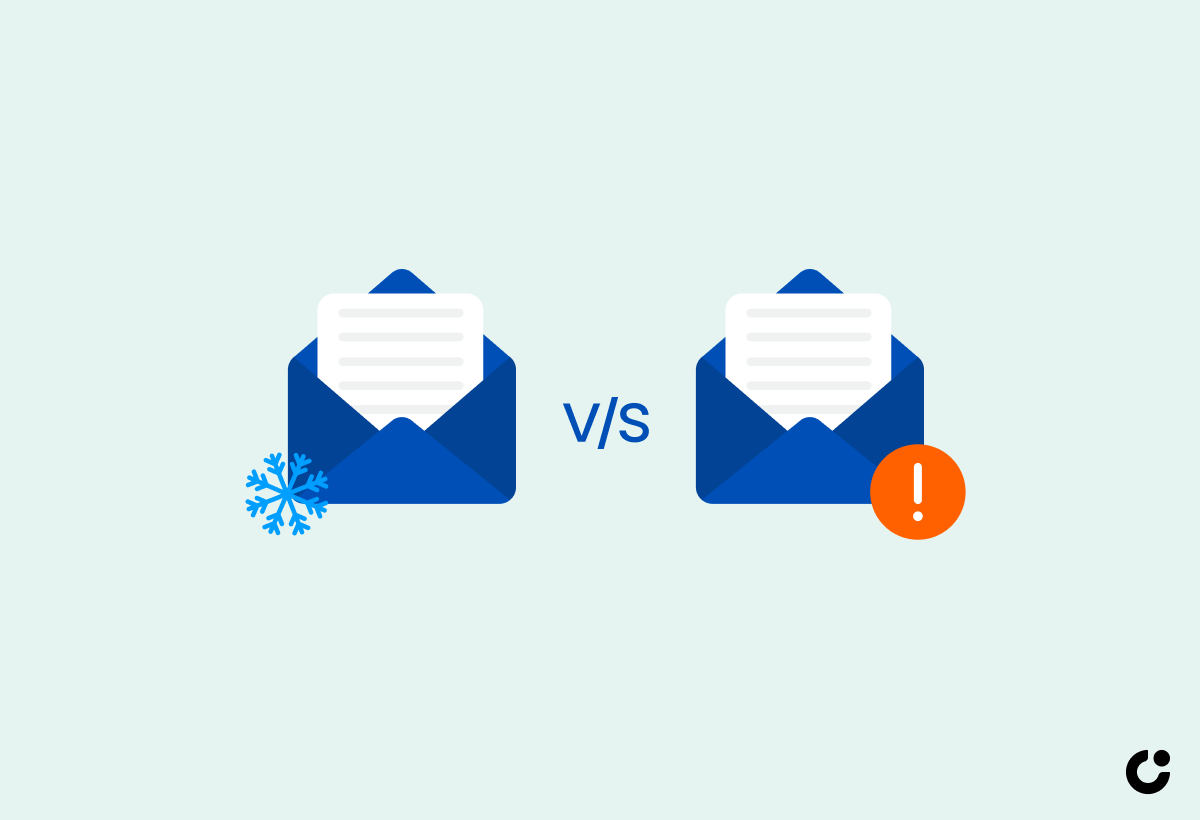
Now that we have established the definitions of cold email and spam, let’s explore the 5 key differences between these two forms of communication. These differences include:
- Personalization
- Value proposition
- Legality
- Sender reputation
- Follow-up strategy
Understanding these distinctions will help you craft effective cold email campaigns that not only abide by legal regulations but also provide value to your recipients.
Examining the differences between cold email and spam will offer valuable insights to optimize your email marketing efforts and steer clear of the pitfalls associated with spam emails. We’ll examine each of these key differences and explore how they affect your cold emailing strategy.
Personalization and Targeting

Cold emails are personalized and tailored to specific prospects, while spam emails are generic and sent without any consideration for the recipient. Personalization is critical in cold emailing as it facilitates the formation of email messaging that prospects can identify with and avoids inundating them with impersonal and substandard content.
Personalizing your cold emails shows that you’ve researched the customer and considered how your product could benefit them. This makes a substantial impact in distinguishing cold emails from spam and increases the likelihood of obtaining a response.
Value Proposition

The value proposition is another significant difference between cold emails and spam. Cold emails focus on providing value to the recipient, while spam emails are often self-serving and irrelevant. A value proposition in a cold email is a succinct declaration that outlines the advantages and value that the recipient will gain by engaging with the sender’s proposal.
Highlighting the unique value you offer increases the chances of receiving a positive response and building a fruitful business relationship. This crucial aspect sets cold emails apart from spam, which often lacks personalization and value.
Legality and Compliance
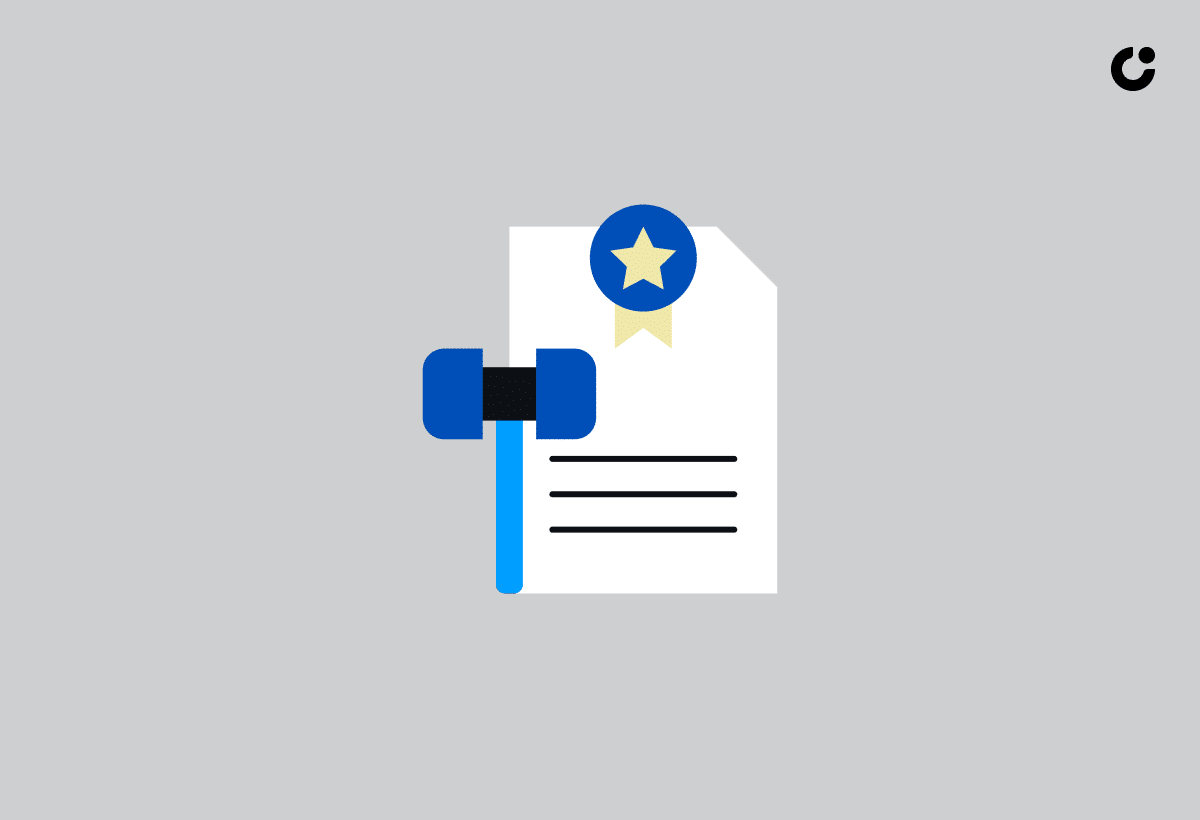
Cold emails comply with legal regulations like the CAN-SPAM Act and GDPR, while spam emails often violate these laws. The CAN-SPAM Act is a federal law in the United States that outlines requirements for commercial email messages, such as:
- Employing header information that is factually incorrect or deceptive
- Utilizing a deceptive subject line
- Not providing clear and noticeable identification that the message is an advertisement or solicitation
- Not including a valid physical postal address of the sender
- Not including an opt-out option
Adhering to these regulations is vital for responsible cold emailing practices. By understanding and complying with legal requirements, you ensure your cold emails are not marked as spam and maintain a positive sender reputation.
Sender Reputation and Deliverability
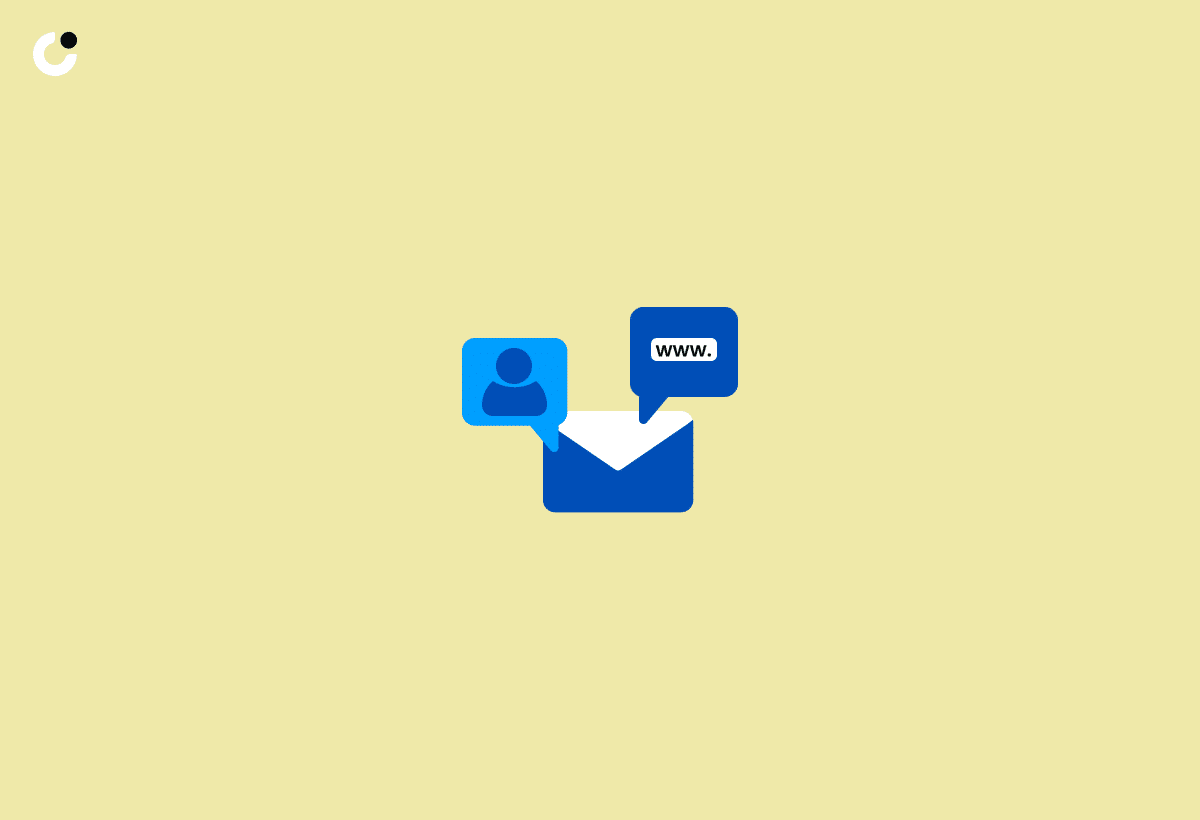
Cold email senders maintain a good sender reputation and deliverability, while spammers often have poor reputations and low deliverability rates. Hard bounces occur when sending cold emails to inactive addresses. This can trigger spam filters and alert them to the percentage of emails that have bounced. This could lead to any subsequent emails being flagged as spam and sent straight to the junk folder. This, in turn, could damage the sender’s reputation..
Regularly cleaning your email list, removing inactive or unengaged subscribers, and using email verification tools to minimize bounce rates are necessary steps in maintaining a good sender reputation. This ensures your cold emails reach their intended recipients and avoids the negative consequences associated with spam emails.
Follow-Up Strategy

Cold email campaigns include strategic follow-ups, while spam emails typically lack any meaningful follow-up. A follow-up strategy in cold emailing is a plan to send additional emails or make calls after the initial cold email in order to maximize the chances of receiving a response or engagement.
Employing a well-planned follow-up strategy enhances your chances of cold emailing success and differentiates you from spammers who often send generic, irrelevant messages without any meaningful follow-up. This strategic approach to cold emailing helps ensure your messages provide value and foster lasting business relationships.
Best Practices for Cold Emailing to Avoid Being Marked as Spam

Now that we’ve distinguished the key differences between cold email and spam, let’s explore some best practices to ensure your cold emails avoid the spam folder and provide value to your recipients. By adhering to these best practices, you’ll not only increase the chances of your emails reaching their intended audience but also maintain a positive sender reputation and abide by legal regulations.
In this section, we’ll cover areas such as:
- Creating compelling subject lines
- Keeping a clean email list
- Utilizing email authentication techniques
- Testing and optimizing cold emails
Implementing these best practices will help you maximize the effectiveness of your cold email campaigns and avoid being marked as spam.
Crafting Compelling Subject Lines
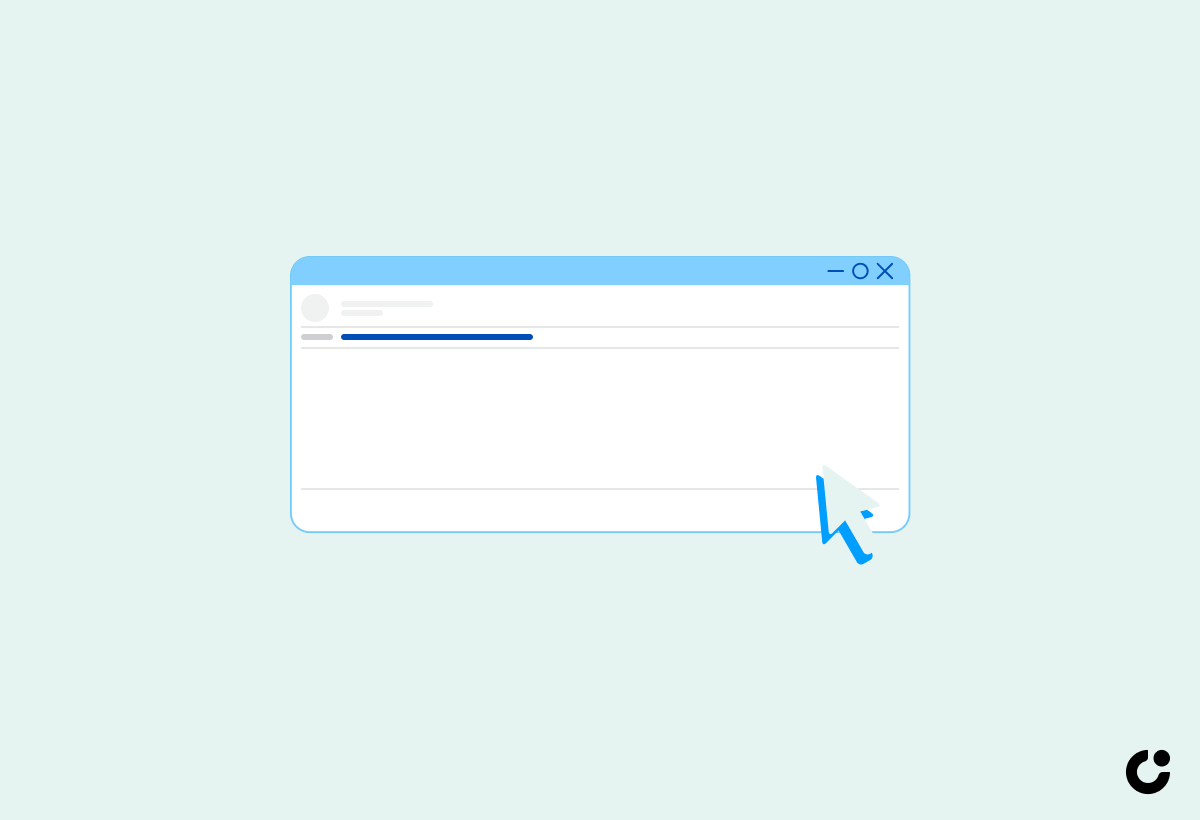
Creating effective subject lines that accurately reflect the email’s content and avoid triggering spam filters is essential for successful cold emailing. Some best practices for crafting compelling subject lines include avoiding deceptive email subject lines and misleading subject lines, as well as:
- Personalization
- Leveraging data and insights
- Avoiding false promises
- Creating a sense of exclusivity
- Ensuring clarity and comprehension
Following these guidelines will enhance the chances of your emails being opened and read, and simultaneously minimize the risk of being flagged as spam. Remember, a well-crafted subject line can make all the difference in the success of your cold email campaign.
Maintaining a Clean Email List

Maintaining a clean email list is crucial for ensuring your cold emails reach their intended recipients and provide value. Regularly removing inactive or unengaged subscribers from your email list and using email verification tools to minimize bounce rates will help maintain a good sender reputation and reduce the risk of being marked as spam.
Maintaining a clean and current email list boosts the probability of your cold emails reaching the right recipients, thereby enhancing the overall effectiveness of your cold email campaigns.
Utilizing Email Authentication Techniques
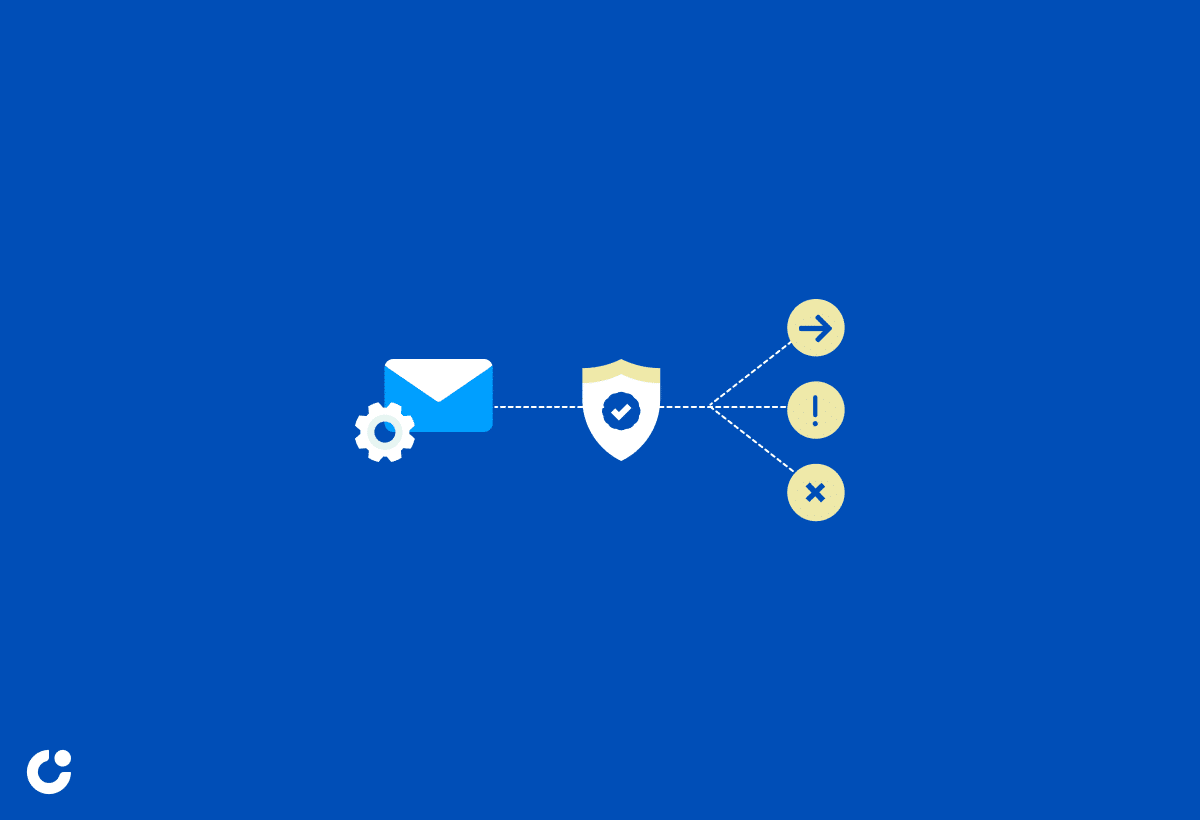
Email authentication techniques, such as SPF, DKIM, and DMARC, can improve email deliverability and help your cold emails avoid spam filters. These techniques verify the sender of an email, ensuring that the message is not flagged as spam or spoofed by malicious actors.
Implementing email authentication techniques shows email service providers that your communications are legitimate and trustworthy, thus enhancing the chances of your cold emails reaching their intended recipients and evading spam filters.
Testing and Optimizing Cold Emails

To ensure your cold emails provide value and reach their intended recipients, it’s essential to test and optimize your campaigns. Techniques such as A/B testing and split testing can help you evaluate the performance of your emails and identify areas for improvement. Using these insights, you can refine your messaging, subject lines, and targeting to maximize the effectiveness of your cold email campaigns.
Regular testing and optimizing of your cold emails will enhance the probability of your messages reaching their target audience, delivering value, and ultimately, achieving your goals.
Cold Emailing Success Stories and Case Studies
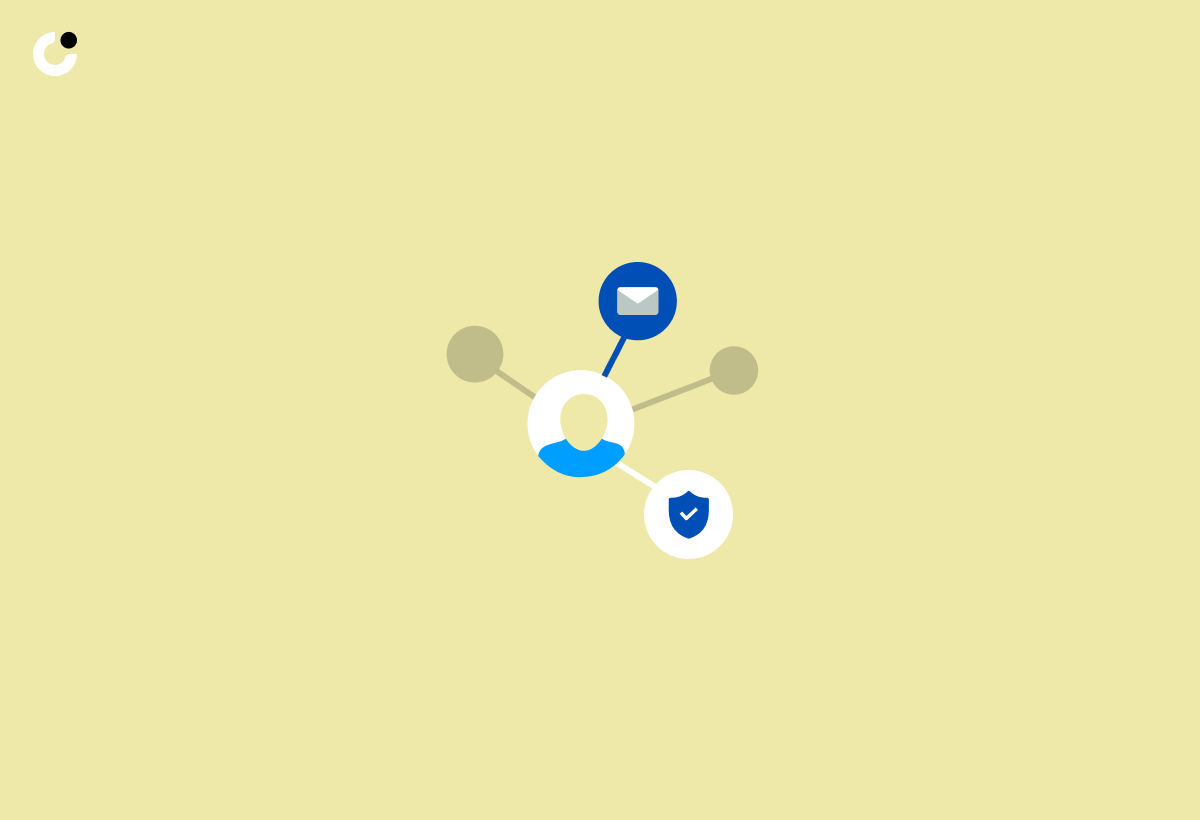
Many businesses have effectively used cold emailing to generate leads and build relationships. GMass, for example, has equipped businesses with the necessary tools and features for successful outreach, such as personalized mass emails and automated follow-ups. By leveraging these tools and strategies, businesses have been able to expand their reach and amplify their chances of receiving a response.
Cold email success stories and case studies serve as a testament to the potential of cold emailing as a viable tool for businesses to connect with potential prospects and provide value. Implementing the best practices and strategies outlined in this blog post can set you on the path to success with your cold email campaigns.
Common Cold Emailing Mistakes to Avoid

To maximize the effectiveness of your cold emailing efforts, it’s important to avoid common mistakes that can hinder your success. Some of these mistakes include:
- Relying on templates
- Using deceptive subject lines
- Sending emails to everyone
- Not proofreading emails
Avoiding these common cold emailing pitfalls boosts the probability of your emails reaching their target recipients and delivering value. Remember, a successful cold email campaign requires careful planning, personalization, and a genuine desire to connect with and help your prospects.
Summary
In conclusion, understanding the key differences between cold email and spam is vital for effective outreach and maintaining a positive sender reputation. By adhering to best practices such as personalization, providing value, and following legal regulations, you can ensure your cold emails reach their intended recipients and avoid being marked as spam.
So, take the knowledge you’ve gained from this blog post, apply it to your cold emailing efforts, and watch as your business relationships flourish. The world of cold email awaits - it’s time to make your mark and achieve success!
Frequently Asked Questions
Is cold email the same as spam?
Cold emailing involves sending a personalized message to a vetted recipient with the intention of starting a business relationship, whereas spam emails are sent out to many people without consent and do not include any value.
Are cold emails illegal?
No, cold emails are not illegal as long as regulatory authorities' laws are abided by. There are numerous acts and laws in place to avoid people from being bothered by spam emails.
What is considered a cold email?
A cold email is an unsolicited email sent to prospects without prior contact, in order to start a business relationship. It can be considered the email equivalent of cold calling and is 40% more effective than social media in generating new customers.
Is cold emailing a bad idea?
Cold emailing can be a useful way to initiate contact with potential business partners, however it is important to do it strategically and responsibly to avoid a reputation as a spammer. Be sure to research the company beforehand, provide an easy opt-out method, use valid contact information, and avoid misleading subject lines.
How can personalization help differentiate cold emails from spam?
Personalization demonstrates research on the customer and how a product could benefit them, making a meaningful difference between cold emails and spam. It should include a clear conclusion in a professional tone and no introduction or summary.

